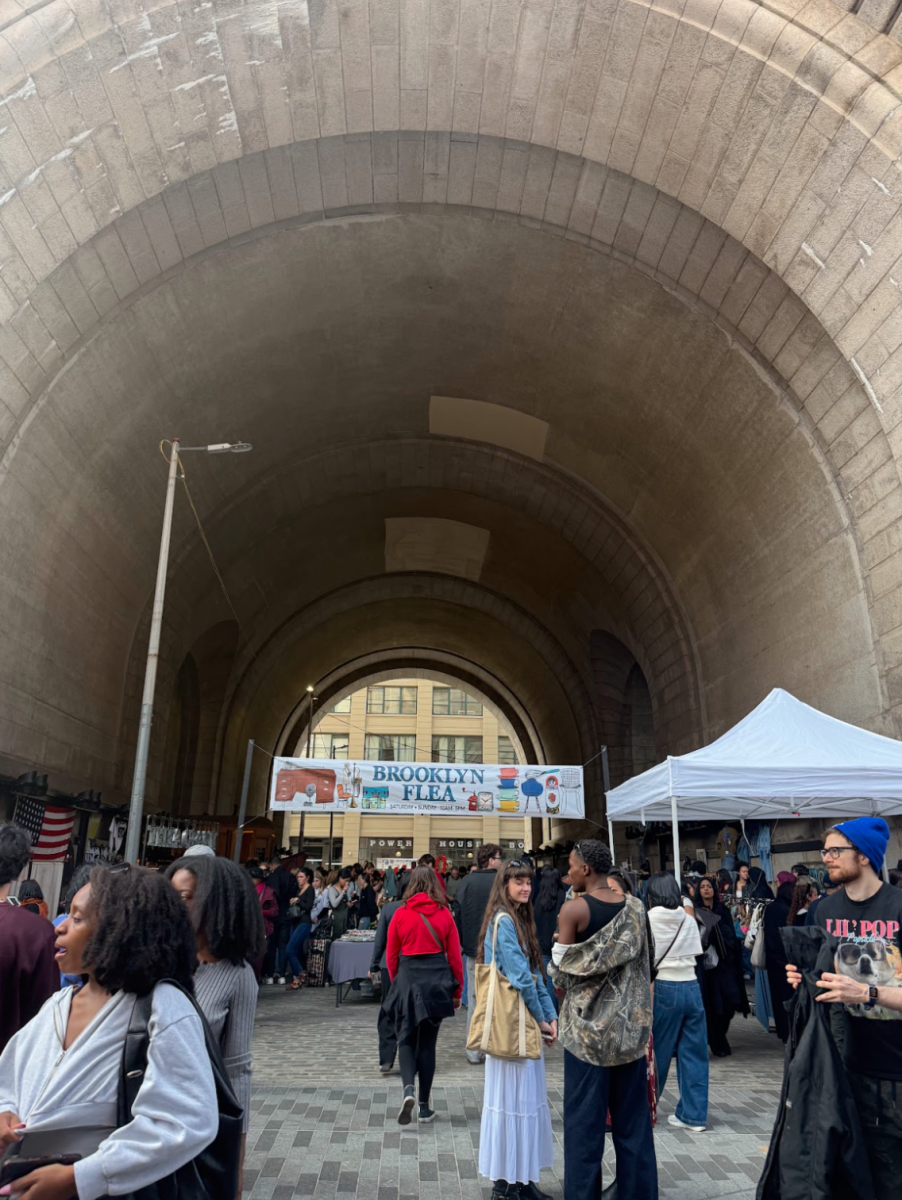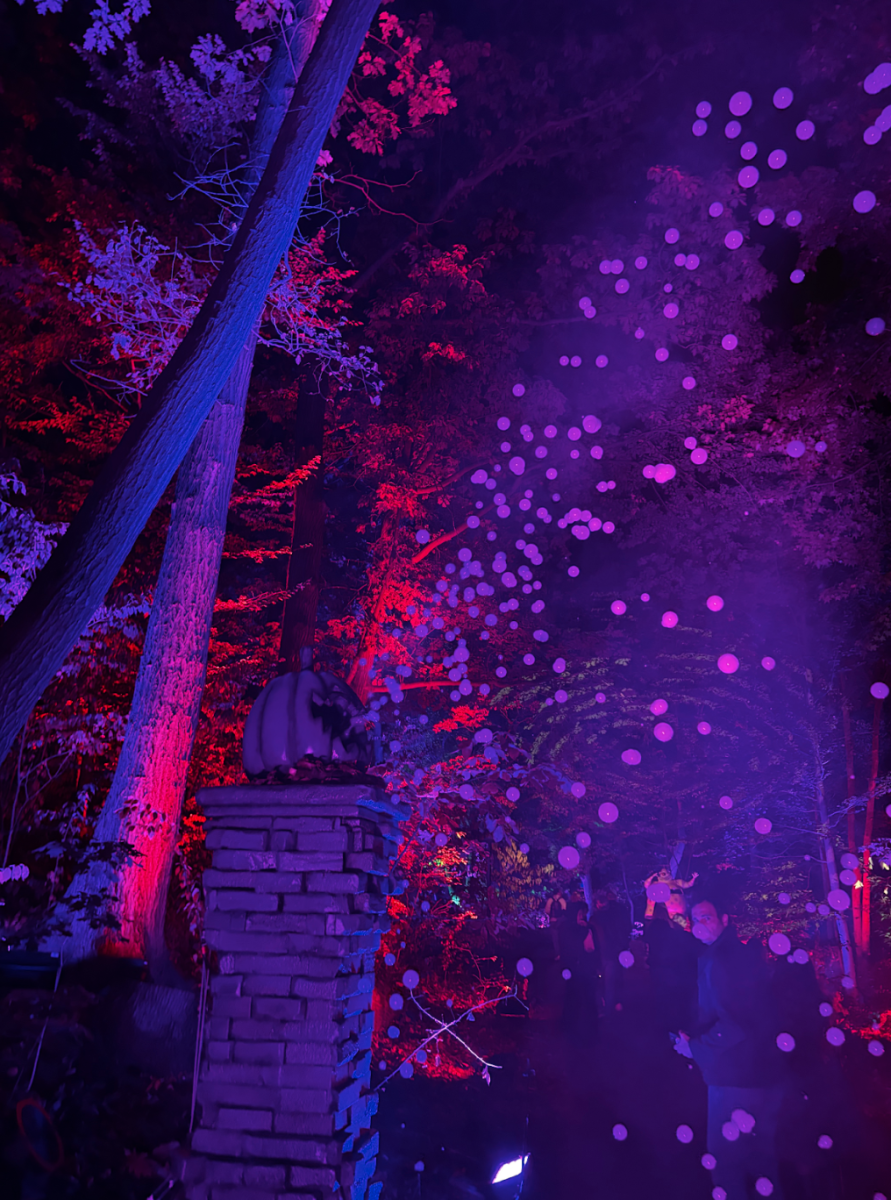
By Mark McNulty
Dura-Europo, an ancient city which once served as a buffer between the innermost lands of the Roman empire and the far-flung armies which threatened it, sits above the sunken banks of the Euphrates River in the eastern portion of a crumbling Syrian nation. There, amidst looting pits which produce revenue for the Islamic State by way of ancient artifacts, is the world’s oldest Christian building.
Built around 250 A.D. and uncovered by archaeologists in 1932, this house-church and the faded paintings which adorn it are the subject of Fordham professor Dr. Michael Peppard’s new book, “The World’s Oldest Church: Bible, Art and Ritual at Dura-Europos, Syria.”
Peppard is a young, hip associate professor of the New Testament and Early Christian Religions. Beneath voluminous bookshelves in his Duane Library office, he mentioned music, coffee and his home state of Colorado before discussing the five years of research he poured into “The World’s Oldest Church.”
“It’s selling pretty well for an academic book,” he said. “Syria is considered the “cradle of Christianity.” The Gospels of Luke and Matthew were both composed there. It was at Antioch in Syria that followers of Jesus were first called “Christians.” It was on the road to Damascus, today only a shell of a city after ISIS bombings, that Saint Paul converted to Christianity. It is fitting that the world’s oldest Christian building was excavated from Syrian sand. The church’s paintings are housed at Yale University, but Peppard wanted to make a “personal pilgrimage” to Dura-Europos. Yet not long after he started his research in 2010, a civil war broke out in Syria. Though he said it did not seem like a big deal at first, in 2013 two deadly explosions rocked the University of Aleppo, the school where Peppard would have studied if he made his pilgrimage.
Professor Peppard’s research was interdisciplinary. He collaborated with art historians, medieval studies scholars and theologians all over the world to investigate paintings which depicted traditional scenes from the New Testament. He sourced illuminated manuscripts and Syriac (the ancient Syrian language) Bibles from across the United States and Europe using Fordham’s interlibrary loan program. Using Fordham research grants, he often traveled to discuss his research with experts in Europe. Peppard ultimately found that traditional interpretations of the commonplace images from Dura-Europos may be flawed, which led him to reinterpret early Christian ritual altogether.
“I was worried that I was overstepping or that I had wishful thinking,” he admitted of his reinterpretation of an image of a woman standing over a well. Scholars said it depicted the New Testament story in which Jesus spoke to a Samarian woman over a well and sparked her conversion.
Yet unlike other graphic representations of this scene, Jesus is nowhere to be found in the Dura-Europos painting. In the context of Peppard’s research, the scene made no sense. He knew early Christian texts from Middle Eastern nations set the Virgin Mary beside a water source during her Annunciation, when the angel Gabriel told her she will bare the Son of God. After corroborating his ideas with more research and the expertise of others, Peppard concluded that the woman over the well is the first known depiction of the Virgin Mary.
Peppard pitched this idea to a New York Times editor who, amazed but abashed, asked the professor if he was insane. “I mean you’re saying this is the oldest image of the Virgin Mary, and it’s just, like, hanging out at Yale?” said Peppard, imitating the editor. The professor responded that he had presented the same research to crowds at Columbia, Yale, Harvard, Heidelberg and McGill. That put the editor’s disconcertment to rest, and the Times ran the story. “That was probably the coolest idea I’ll ever have,” Peppard said. Another painting from Dura-Europos depicts women wearing white veils and carrying torches. Scholars have interpreted this painting as an image of Easter morning, when women arrived at the tomb of Jesus to find his body missing. Thus the image is a prototypical representation of Jesus’s death and resurrection. Peppard doubted this, and brought his research to Professor Jessica Udell, the curator of university art at Fordham who authored a dissertation on graphic representations of weddings in the ancient world. The two found a massive amount of corroborating evidence which suggested that the image was representing an early Christian wedding ritual, and not the Resurrection.
“The emphasis of the ritual for these early Christians was probably not calling to mind death and resurrection when they were initiated [baptized].” said Peppard. “They probably did not experience their own initiation as a dying and a rising, but rather something akin to a marriage covenant and a new birth.” These discoveries may seem only novel to some readers.
Yet with the vast symbolic difference between life and death, the weight of Dr. Peppard’s claims, may begin to sink in. Peppard had no such conception of the weight of his research when it began. “I don’t think scholars usually know how their work will be beneficial when it begins. We don’t exactly know what the outcome is. But I’m a strong believer in following instincts”, he said.










































































































































































































